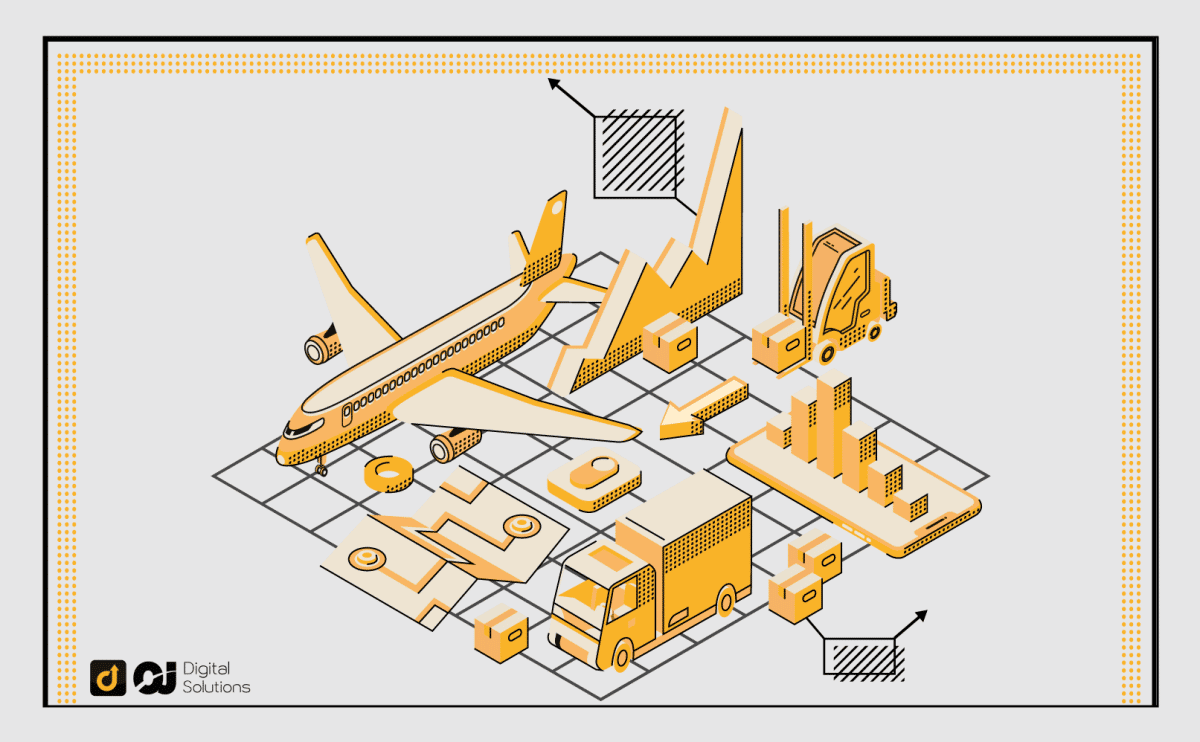As an FBA seller, knowing how to properly prepare your items before shipping them to the Amazon warehouse is vital.
You should have an Amazon FBA shipping plan that defines the following:
- The items you want to send to Amazon
- The quantity of each item
- The shipping method and courier details
- If you wish to prepare and label the inventory by yourself or need assistance from Amazon
The shipping plan makes communication between you and Amazon seamless, allowing you to avoid unexpected fees and delayed shipping times while minimizing waiting time.
That is why I prepared a detailed step-by-step guide on how to send items to Amazon FBA.
Let’s get to it.
How to Send Products to Amazon FBA
Click the Inventory button on your seller central account, select Send/replenish inventory, and then Send to Amazon in the top menu.
Continue by following these steps:
Step 1. Select Inventory
When creating your shipping method, you must add the inventory you want to send to Amazon. Include the number of individual items you want for each of your SKUs.
Amazon will guide you with choosing which SKUs to pack together as well as grouping the items based on their product categories. For instance, storage bins, chopping boards, or water bottles fall under kitchen accessories, while sweaters or blouses fall under the clothing category.

Step 2. Pack the Units
Once your products are categorized, you can pack your inventory into pack groups. Make sure to provide relevant information to allow Amazon to decide which fulfillment center to send your merchandise to.
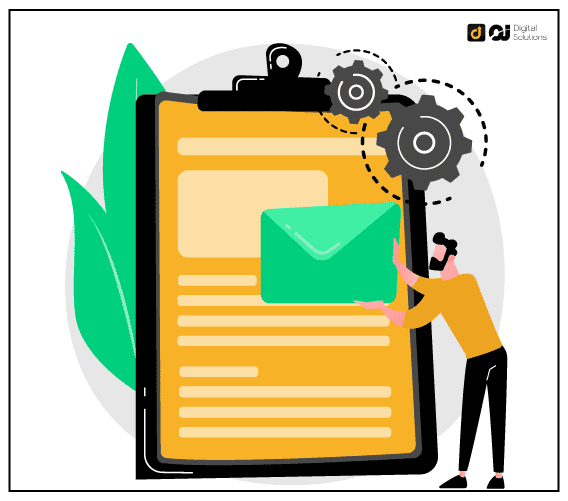
Step 3. Confirm the Shipping Information
Ensure you have included all the relevant information and double-check the address. You must pay the applicable fees to complete the process. After that, you have to set the shipping dates and choose a mode of transport.
You can use Amazon-partnered carriers or non-partnered carriers. However, with Amazon, partnered carriers can get discounted shipping rates. Do some research for both options and compare prices to reduce your shipping costs.
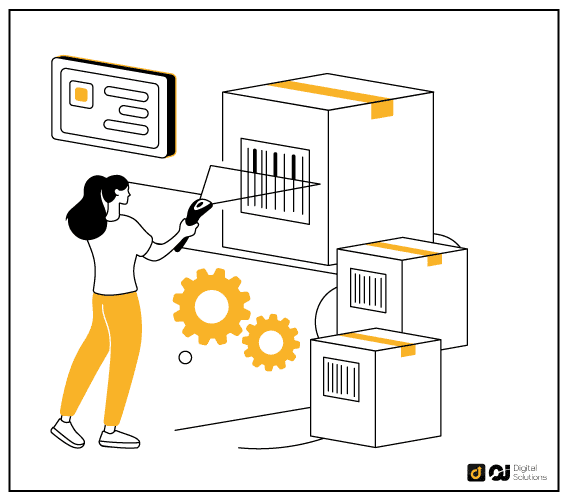
Step 4. Print Box Labels
Small parcels and pallets must have labels on them. They must be placed on the sides and top for easy visibility. After confirming the shipping arrangements, you can download the FBA box ID labels or let Amazon label the items for you.
For the pallet shipments, the labels must indicate associate pallet, and you can download a print off in the Send to Amazon Workflow menu.
If you send small parcels or pallets using a non-partnered carrier, ensure you provide Amazon with the tracking IDs for every package you’re sending to them.
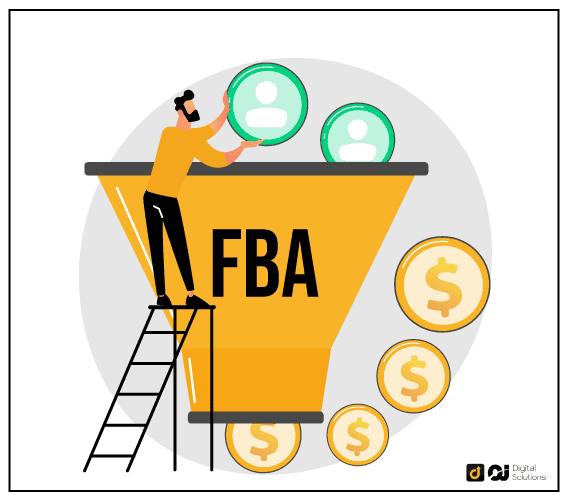
Step 5. Convert to FBA
If you want to switch to FBA fulfillment, go to the drop-down menu and select the type of barcode you want: Amazon barcode or Merchant barcode.
If you’re selling Amazon private label products, click on Amazon barcode to generate a unique barcode for your goods. These barcodes will only work on the Amazon platform.
Choose Merchant barcode if you’d like to continue using the manufacturer barcode. There are some extra steps to do before confirming your request.
After you’re done, choose Convert & send inventory to approve your products and receive their unique Amazon FBA barcodes.
How to Prepare Your Amazon Shipment
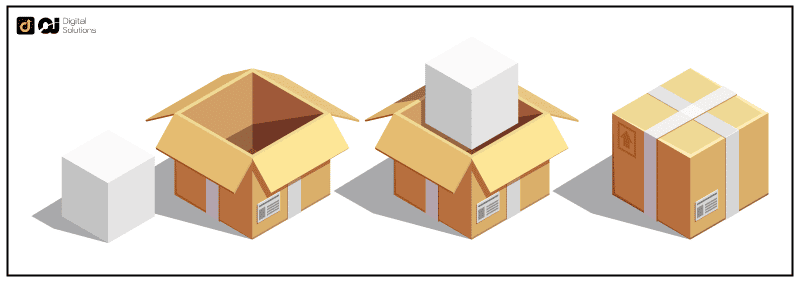
Once everything is in order, you must confirm that all your products are packaged appropriately in preparation for Amazon shipment. Again, the product category will determine how the products will be packaged.
For instance, sharp objects or fragile products will require bigger boxes with extra foam to protect the items. You can refer to this guide by Amazon to find out how your products are categorized and the best way to package them.
After you’re done preparing your products, click on Continue to review your shipping plan and set your Amazon shipping address.
Choosing Your Amazon Shipping Service
When you receive your goods from the supplier on a pallet, don’t assume that the boxes can be used for small shipping inventory.
The standard box and packing materials used for less than truckload (LTL) and full truckload (FTL) pallet shipments may not be able to handle the normal shipping process for small parcel deliveries.
If your orders are damaged during the shipping process, you’ll be responsible for all packages that did not meet Amazon’s packaging standards.
Shipping Small Parcel Delivery
Here’s what you need to know about small parcel deliveries (SPDs).
- SPDs consist of items packed in individual boxes and labeled for delivery. The smaller shipments are sent to FedEx, UPS, DHL, or other freight forwarder services.
- SPDs with a partnered carrier has a limit of about 200 boxes per shipment.
- SPDs with a non-partnered carrier has a limit of about 500 boxes per shipment.
Shipping Less Than Truckload
This option is for large shipments classified as less than truckload (LTL) and full truckload (FTL) shipments that require additional preparations like wrapped pallets. When sending large shipments, you and the carrier are responsible for:
- Using up-to-standard pallets
- Building pallet shipments
- Adhering to pallet label requirements
- Providing the bill of lading (BOL)
- Providing your carrier with the necessary Amazon reference IDs, shipment IDs, and tracking (PRO) numbers
How Much Are Inventory Placement Service Fees?

Amazon charges service and fees per unit cost for their placement service.
For a large inventory, the charges compound quickly. The rates start at $0.30 for 1 lb and go up to $1.30 for items weighing more than 5 lbs. T
How to Create an Effective Shipping Plan
Amazon’s requirements may change depending on the product.
Perform these steps to ensure that your shipping plan is both effective and compliant with regulations:
Use the Amazon FBA Shipping Checklist
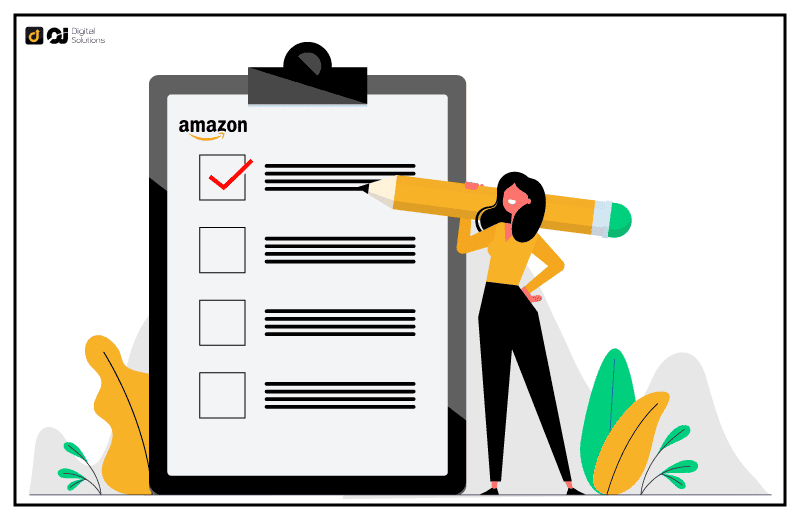
A checklist helps you cover requirements down to the tiniest details when preparing your packages for shipping. Always start with one.
Confirm That Your Items Are Properly Packaged

Amazon receives thousands of packages each day, so it’s possible for your products to be misplaced. When that happens, you’ll have to pay extra charges to retrieve them.
Luckily, this can be avoided by properly assigning your products to the correct categories.
This ensures that your products are stored appropriately. For instance, shampoos and conditioners cannot be in the same section as food and groceries.
To be certain, double-check if the manufacturer or supplier has indicated the specific storage needs of each respective item on the packaging.
Check for Appropriate SKU Information

Amazon considers SKU information as a vital part of product packaging.
SKUs are barcodes that identify your product numbers on the package. The barcodes make scanning and processing your FBA items quick and easy.
Each item package is required to have a physical barcode, but you can pay Amazon to place them on your behalf. You can also print Amazon barcodes and place them yourself.
Get Your Box Dimensions and Package Weights Correct
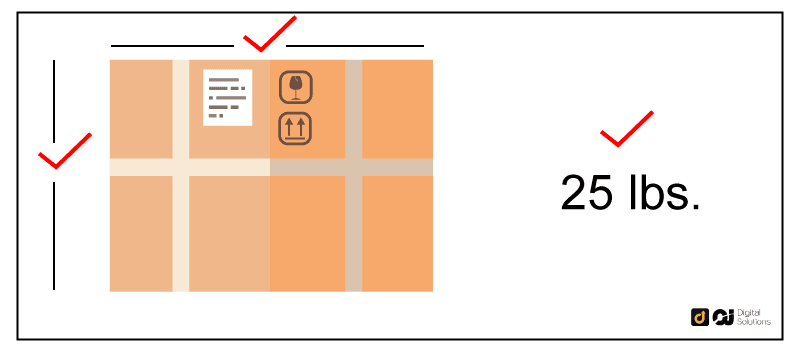
On top of proper packaging, all Amazon FBA sellers must indicate the correct dimensions and weight of the package.
If you fail this step, you might end up paying additional FBA fees that could have been avoided otherwise. With that in mind, here’s what you need to know about package dimensions and weight:
- If you have multiple standard-size items in one box, the package should be no larger than 25” on all sides.
- If you have multiple items in one box, the package should weigh no more than 50 lbs.
- The item should have safety labels on top and side of the package, including “Team lift” for packages exceeding 50 lbs.
- If the package exceeds 100 lbs, it must have a safety label indicating “Mechanical lift” on the top and sides of the box.
Always follow the rules to avoid Amazon sending your FBA shipments back to you, as you’ll have to cover the expenses to and from the warehouse.
Use the Right Packaging Materials (Dunnage)
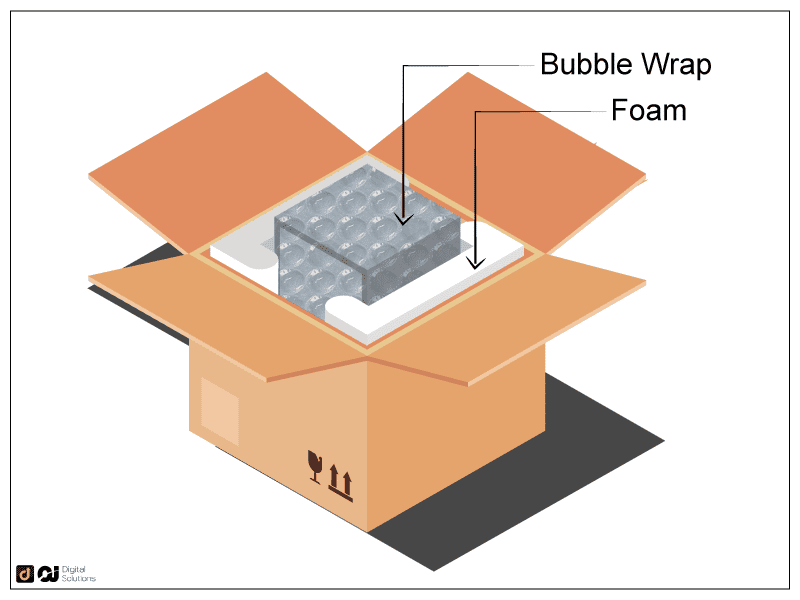
Every customer expects to receive their package in good condition, and rightfully so.
That being said, breakage and returns must be avoided at all times. Always indicate the packaging materials required to protect items during transit. Each box should have enough dunnage to cover all of the items in every shipment.
Some sellers use full sheets of paper, bubble wrap, air pillows, foam, and plastic sheets to protect the items against damages. The type of packaging material mainly depends on the size, shape, and weight of the product you’re shipping.
For instance, if you’re selling office supplies like pen holders and magazine organizers, bubble wraps will suffice.
Always Include Shipping Labels
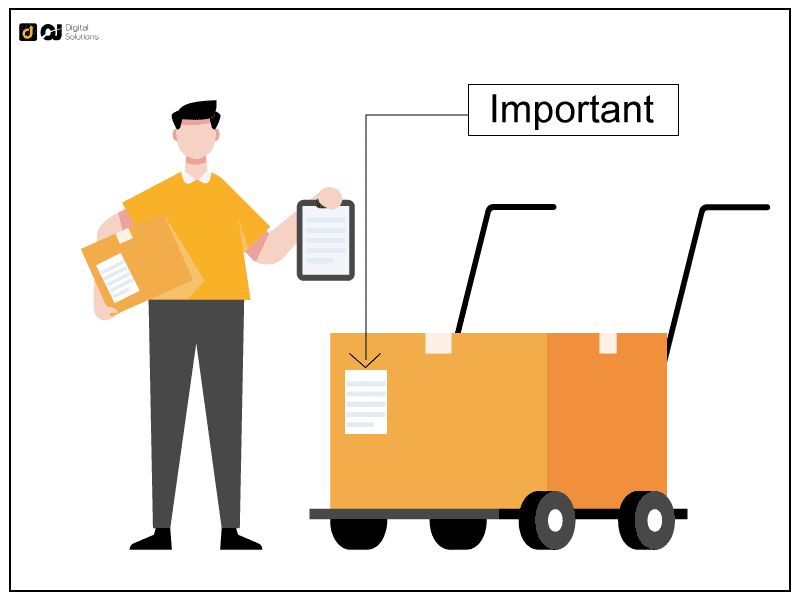
Shipping labels are a must for all items. Apart from the barcode, your package labels should indicate the shipment ID, product identifying information like UPC, GTIN, or EAN, and a ship sender and receiver address.
If you are sending a small package to the FBA fulfillment center, here are specific requirements you need to adhere to:
- All labels should be visible and at least 1.25 inches from the edge of the box.
- Avoid placing the labels on seams, edges, or corners.
- Make sure that all important details are on your label.
Amazon has different requirements if you are sending a large amount of inventory, including:
- Use four FBA labels per pallet. The shipping labels should contain the necessary information on all sides to make it easier to spot, even when stacked among other pallets.
- Know the exact number of labels on each side. You can have your team perform this process to avoid having to count them later.
How to Choose the Best Shipping Plan for You

Sellers have two options for making a shipping plan:
- Create a new shipping plan
- Add to an existing shipping plan
You can start by creating a new shipping plan and adding multiple products to it. If you want to add more later on, you can simply use the same plan and add more items to save time.
Required Product Information

Packaging your shipment properly saves you the headache of trying to trace your products in the Amazon fulfillment center.
You are required to state how you intend the goods to be transported.
Always indicate if you’re shipping fragile, dangerous, or hazardous goods like chemicals, batteries, glasses, or food items. The labels should include special storage and transport requirements to make things easier for the Amazon staff.
Failure to meet all the FBA product preparation requirements, product restrictions, and safety requirements may result in Amazon disposing of, returning, or blocking future shipments to their fulfillment center.
Packaging Guide
Next, you’ll be directed to the Shipment Packing page.
- Click on How will this shipment be backed and the drop-down menu to show more options
- Select Everything in one box if you’re shipping all items in a single box or Multiple boxes if in multiple boxes
- Fill out the weight and the dimensions of the box. From there, you can proceed through different methods:
- Use the web form
- Upload file
- Ship box information
- Apply manual processing fees
Most sellers use the first option since it’s the simplest. Once you’re done, submit the details and wait for the confirmation message.
herefore, be prepared for potentially high rates when calculating your shipment.
FAQ – Frequently Asked Questions
Can You Ship From Alibaba to Amazon FBA?
Yes, you can ship your orders from Alibaba to Amazon FBA.
However, you should be aware of the high shipping costs from Alibaba to Amazon FBA. You’ll need to update the information on your Amazon seller central account on the Manage Inventory page.
Consider how long your inventory will take to arrive at the warehouse and the space required for them in fulfillment centers.
How Do I Change Quantity on FBA Shipment?
In your Amazon seller account, go to the Send/replenish inventory menu, select Send to Amazon, and then Manage inventory.
Under the Weight and dimensions category, change the quantity and click Continue. Review the summary of the shipping plan and click Finish.
Does Ship From Address Matter in Amazon FBA?
Yes, it does.
If a problem arises, a correct address will make it easy to ship back the products. This will also save you time on back-and-forth emails with customer care.
Furthermore, this makes it easier to create the existing shipping plan in the future. Amazon will then be ready to receive your goods from the address you’ve provided.
If you’re shipping directly to FBA inventory, use the actual address that the goods are shipping from. However, if shipping via a secondary address in the US, then use that address as it will help determine which FBA center will be allocated as your destination.
If you’re unsure, confirm the address with the manufacturer and double check the instructions on your Amazon Seller Central dashboard.
Conclusion
Setting up your Amazon FBA shipping plan is crucial to avoiding shipping issues and extra charges that come with them.
Follow the detailed steps in this guide when creating your plan so you don’t miss anything. Do it right, and you’ll be on your way to growing your ecommerce business on Amazon FBA.
Feel free to visit our blog for more articles on managing an Amazon business. We have a huge collection of guides ranging from simple tips on using Amazon to strategies to boost your sales.

